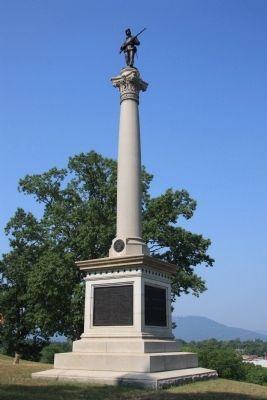Welcome to the American Battlefield Trust's Monuments and Markers Database
How to Use this Database
Search for battlefield Monuments and Markers across the United States by name or keyword. Filter your results by Conflict, Date Erected or Monument Type. Use the map to browse areas. Click the icon to reveal the Glossary of Monuments. This inventory is a work in progress and should not be considered exhaustive.
Laws protecting monuments on battlefields from looting and vandalism
"Monuments, markers, and memorials found on battlefields are protected by law on federal and state lands. It is illegal to deface a federal monument. While federal law is applied consistently across the United States, state and local law differs from place to place. A few of the major laws enacted to protect archaeological resources include 16 U.S. Code 426i and US Code 18-1369."
Questions?
Email us at markers@battlefields.org if you have questions.
Glossary of Monuments
State Memorials—Commemorate all of the soldiers from a particular state during a battle or conflict.
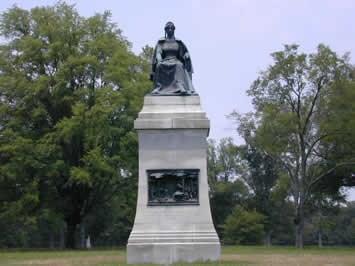
National Memorials— A memorial is an object which serves as a focus for the memory or the commemoration of something, usually an influential, deceased person or a historical, tragic event. Popular forms of memorials include landmark objects or works of art such as sculptures, statues or fountains and parks. Examples of memorials include the Washington Monument and the Lincoln Memorial.
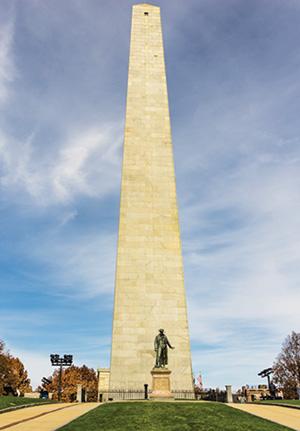
Regimental Monuments—Commemorate state volunteer regiments and United States regular army units. These markers were erected by former members of the unit, and various state legislatures.
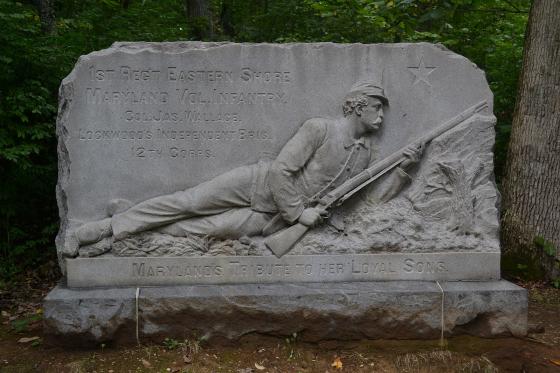
Flank Markers—Denote the right and left end of a regimental or battery formation on a battlefield.
Battery Tablets—Describe the actions of an artillery battery during a battle. These tablets were erected by the Federal Government.
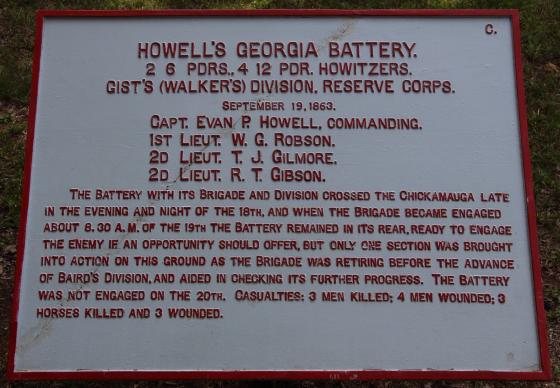
Brigade Markers—Describe the actions of brigades during a battle. These markers were erected by the Federal Government.
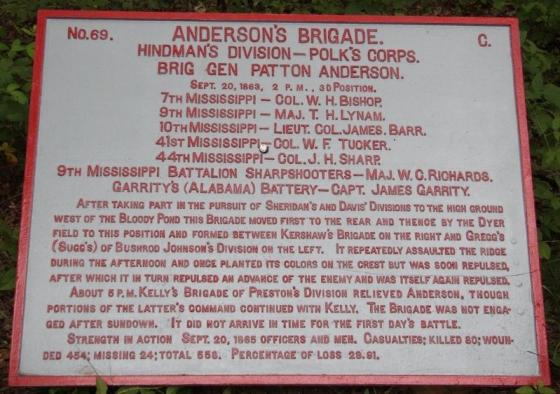
Division Markers—Describe the actions of each division during a battle. These markers were erected by the Federal Government.
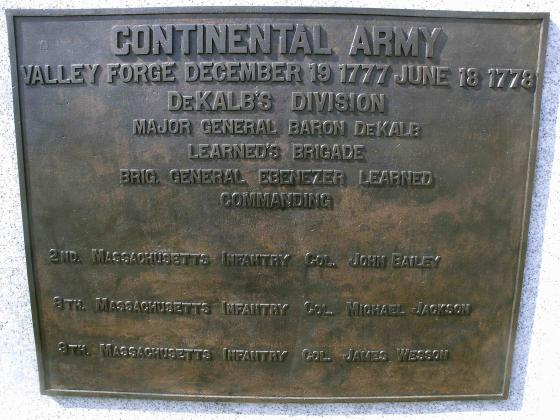
Corps Markers—Mark the general positions of an army corps on a battlefield. These markers were erected by the Federal Government.
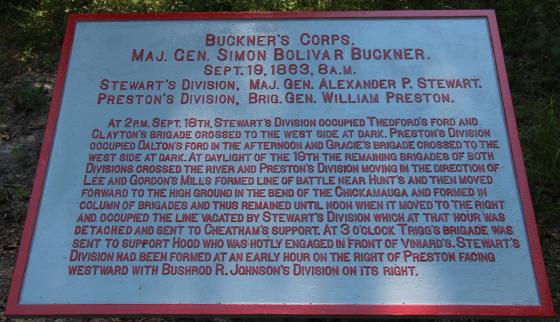
Headquarters Markers—Mark the location of an army or corps headquarters on a battlefield as well as the headquarters of individual units or commanders.
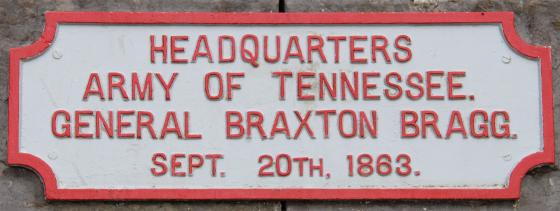
Hospital Markers—Mark the location or general location of a field or general hospital site during or after a battle.
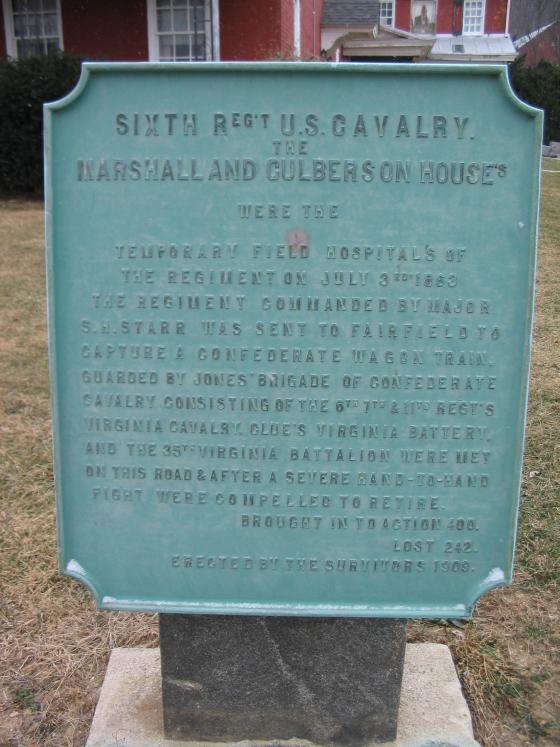
Mortuary Monuments—Mark the location of where a general officer or prominent officer fell.
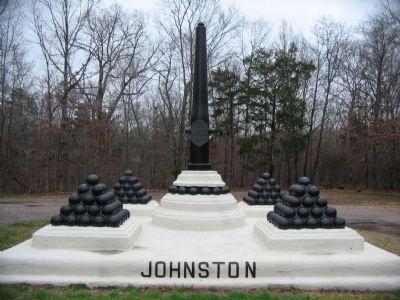
Equestrian Monument—Honor a an individual or group of individuals mounted on horseback.
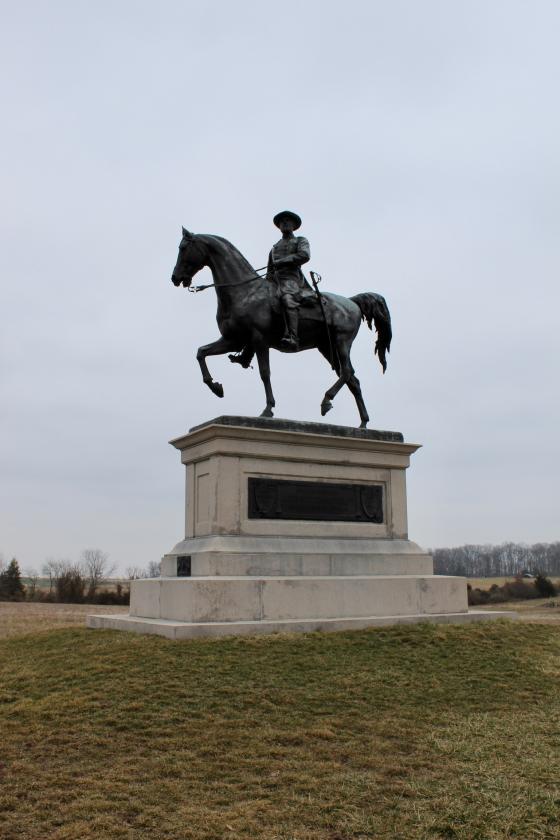
Plaque—Can be mounted on the wall, installed in the ground, or on the side of a monument to provide text or illustrations about or of an event.
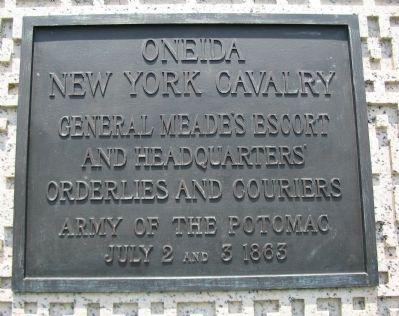
Standing Statues— A statue is a free-standing sculpture in which the realistic, full-length figures of persons or animals or non-representational forms are carved or cast in a durable material such as metal or stone.
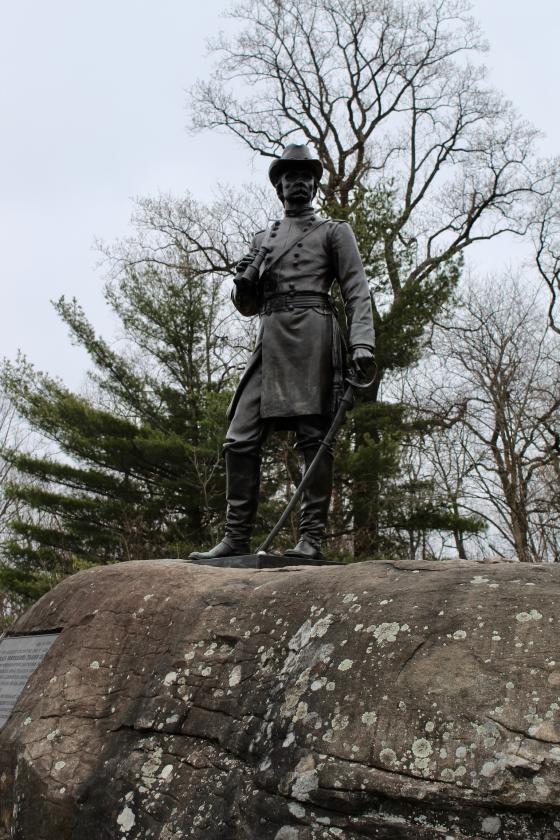
Portrait Sculpture—A sculpture, or other artistic representation of a person, in which the face and its expression is predominant. The intent is to display the likeness, personality, and even the mood of the person. The bust of George Washington is an example of a portrait sculpture.
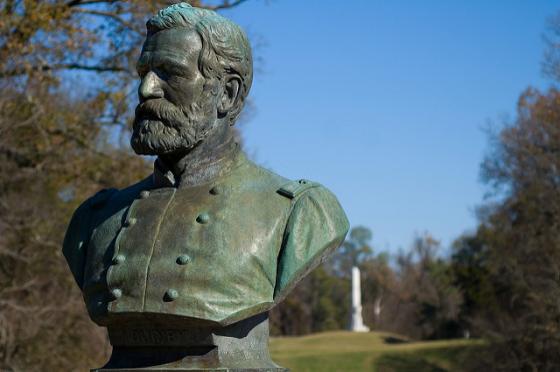
Allegorical Sculpture— Allegorical sculpture are sculptures of personifications of abstract ideas as in allegory. The minute man statue at Concord, MA., or the Statue of Liberty are examples of this type of monuments.
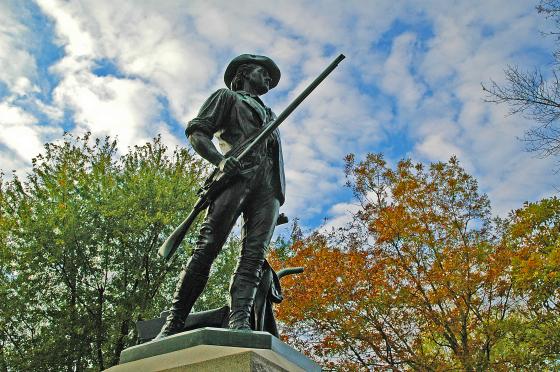
Portrait-Allegorical Sculpture—Combines the elements of the portrait and allegorical statues. The Virginia Memorial at Gettysburg or the Princeton Battle Monument are examples of this type of monument.
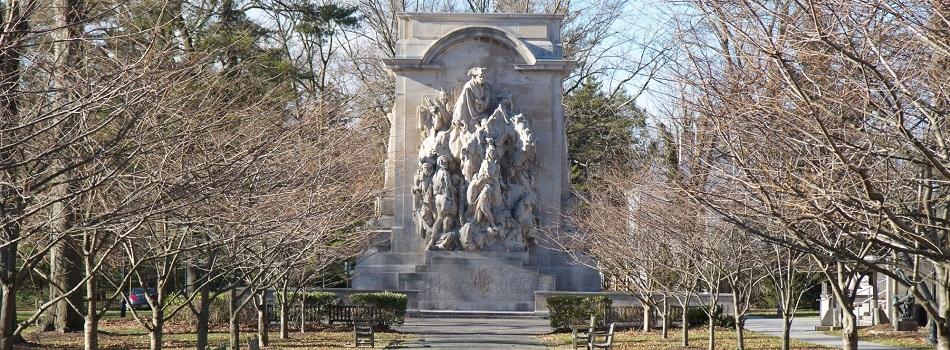
Commemorative and Memorial Markers— A memorial is an object which serves as a focus for the memory or the commemoration of something, usually an influential, deceased person or a historical, tragic event.
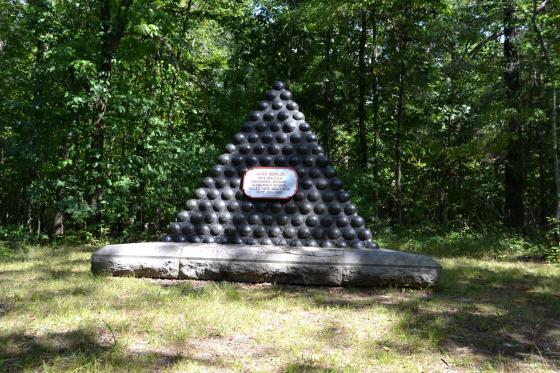
Monument—A statue, building, or other structure erected to commemorate a famous or notable person or event. A monument can also consist of a historic or natural history site such as Camp Nelson Heritage National Monument.
